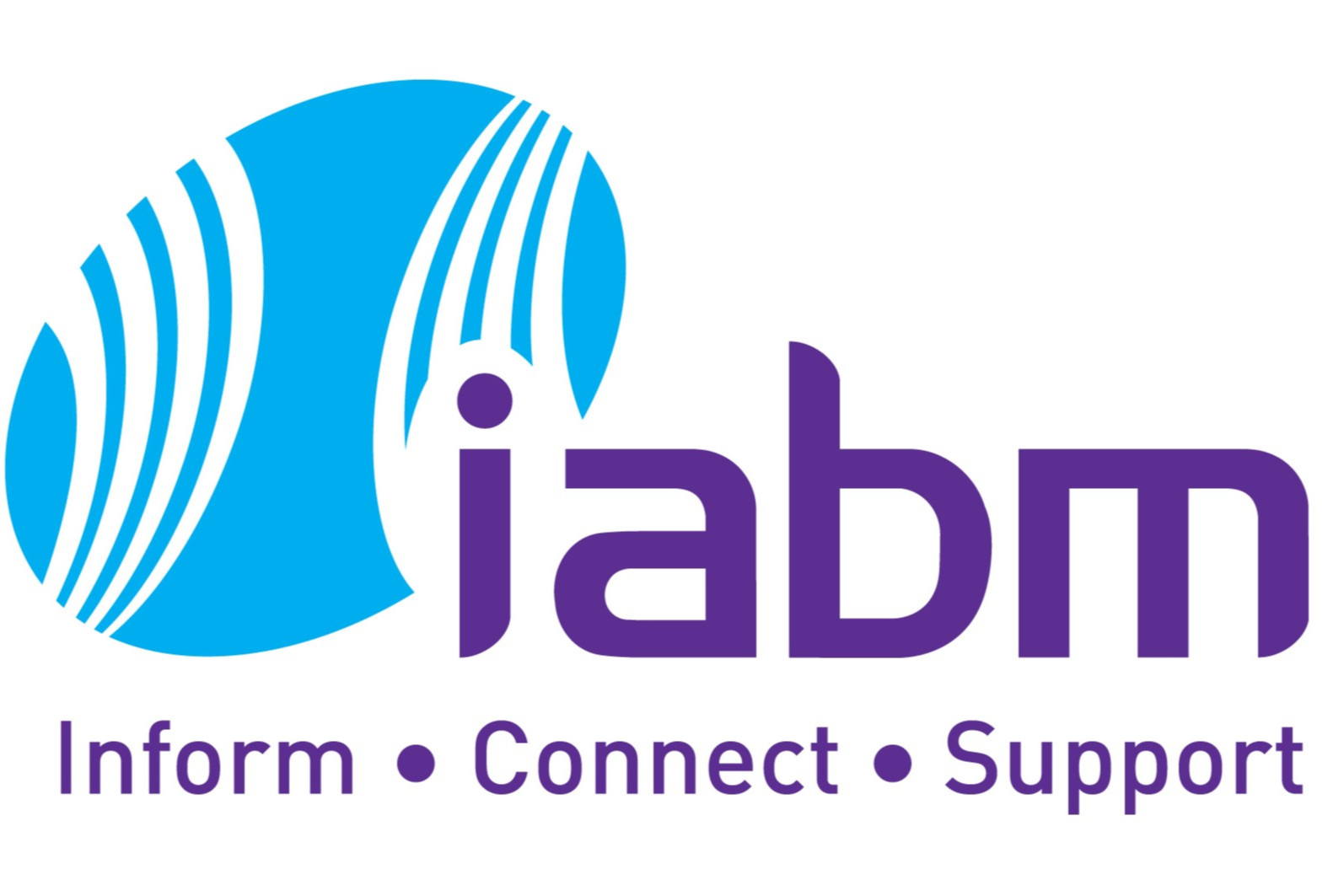Your guide to Raw production

IBC365 takes an in-depth look at an increasingly popular choice for acquisition, with new methods trading cumbersome, data heavy workflows for virtually identical image fidelity but at lower data rates and file sizes.
Choice of camera and shooting format are intricately linked to post production, but getting from A to B with the best possible picture is fraught with decisions and trade-offs.
“In general, no matter what you choose, you will take a hit,” says Avid’s director of provideo marketing Matt Feury. “There is no best way, just the best way for your particular project. Do you have more time than storage? More money than time? The key is production agility. Depending on the type of programme there will be discussions between production and post regarding camera/codec options and their impact on storage/costs.”
All compression algorithms work to make files smaller while retaining resolution, colours and dynamic range to the best of its ability. An increasingly popular option for cinematographers, and one becoming available on a wider variety of cameras, is to record the Raw camera sensor data.
Sometimes referred to as ‘digital negatives’, Raw image files carry a far wider dynamic range and colour tonality from which to construct an image in post.
Lightly if processed at all, Raw files don’t bake in parameters like white balance and the images tend to be in native pixel count. The result provides greater flexibility for the creative process.
Proprietary codecs designed to get the most out of a camera manufacturer’s particular imaging sensor include ARRIRAW, Redcode Raw and Canon Cinema Raw. Sony offers 16-bit Raw out of its flagship cine camera Venice. Both the Panasonic VariCam line-up and EVA1 can output Raw data to external recorders.
Red cameras use the proprietary Redcode format which can be selected at recording ratios that range from 3:1 to 18:1. The closer the ratio gets to 1:1, the lower the compression, the higher the quality of the image but the higher the data rate.
While some cameras can only record one format (the ARRI Alexa 65 only captures ARRIRAW) most models offer several different flavours for recording video.
Choice of codec
The most popular two for broadcast TV acquisition are the H.264-based Apple ProRes, offered in flavours such as 444 XQ, 444, 422 HQ; and AVC with variants such as XAVC used by Sony, XF-AVC used by Canon or AVC-Ultra in the case of Panasonic’s cine camera range. For Panasonic users wanting to work in 4K resolution AVC-Intra Class 4:4:4 is offered on the VariCam, while on the EVA1 there’s AVC-Intra Class 4:2:2. Another codec, Adobe Cinema DNG, is available in several cameras including Blackmagic Design’s URSA Mini Pro.
“Choice of codec and data rate will play the biggest hand in…
Read the full article

Sign up to IBC365 for free
Sign up for FREE access to the latest industry trends, videos, thought leadership articles, executive interviews, behind the scenes exclusives and more!
Already have a login? SIGN IN

















